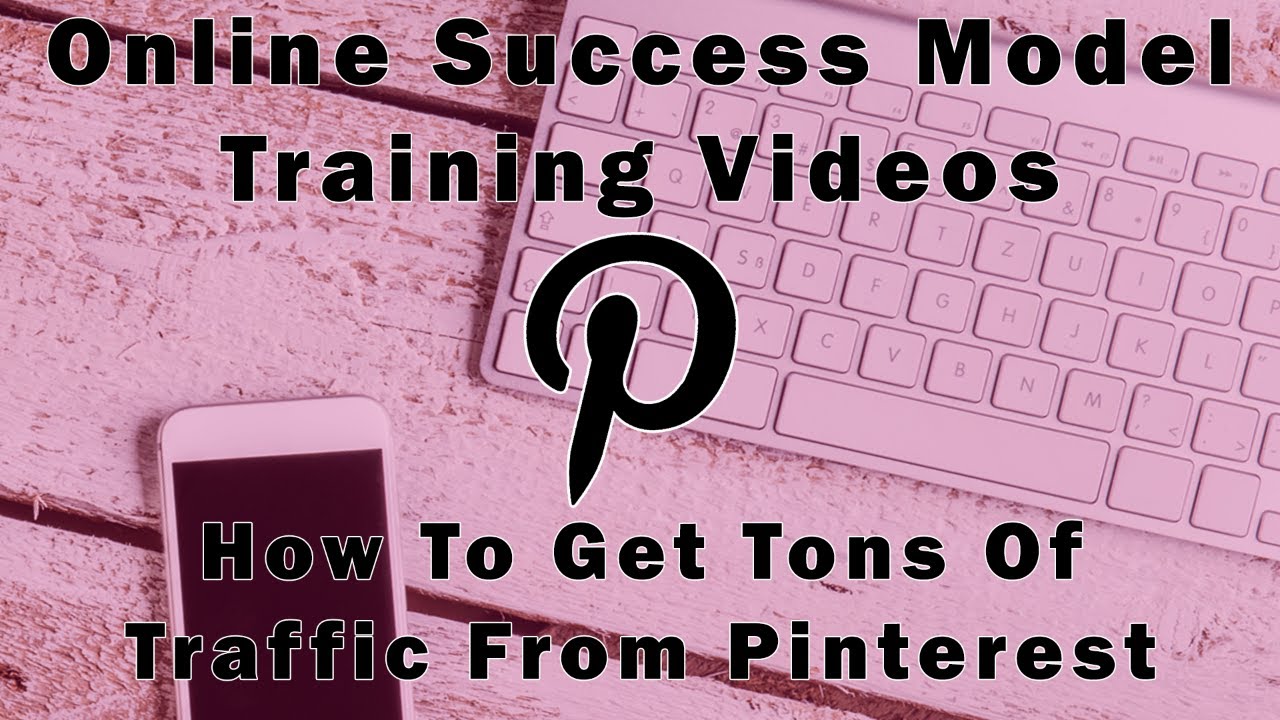ANATOMY OF AN IMAGE
Hi! My name is Alex Copeland and I work with Richard Fairbairn and the online success model team. This is video number seven in our PINTEREST course. In this video we’ll go over the anatomy of an image. What can I actually put in this image and is there any sort of blueprint you can follow? Well, the great news is YES. There is.
You can get creative of course, that’s the whole point of PINTEREST, but there are a few must haves when doing this to get that click. When you put in something on PINTEREST the image should always show the end result or desire in a high quality image. It should show whoever you are targeting, what they want to create for example;
- A lasagne image that looks fantastic.
- Body sculpting for keep fit.
- A cool looking car for custom auto enthusiastic.
It needs to show that end result or desire, but it also wants to give them curiosity to click. You want them to get interested and curious and click through to the next step of your process. So, this means it’s important not to let them see the whole solution in the image so they have to click through. For example; don’t spell out the whole lasagne recipe or the complete fitness workout on the initial image. You want them to know that they can get this result, but then click through to the rest of your content to actually see the process. The best way to do this is to have some sort of common ground to start from and you can get this by using the tips before where you get the avatar or your audience and speak as if you were talking directly to them.
Now, call to action text or CTA is also very important, you need to tell them what to do and what they should expect when they click. For example; click here to see the full recipe. Try and keep this call to action to a few words as they will be scanning all of the pictures quite fast on PINTEREST by choosing a great looking image, the size and etcetera. There’s a good chance they’re going to stop on yours and then they need to know what to do next within an instant. This way they’ll save it and share it as well and others will also know what to do because you’ve said that on your call to action. Of course alongside the pictures you also need a good description so you know what it is they’re looking at or looking at the concept of. This is why it’s important again to know your target audience and mention certain things about them.
Let’s go back to DIABETICS theme example. You can use the terminology of that particular audience or tell them how great it tastes even though there’s no sugar. Or for example; if you’re about saving money in some sort of budgeting niche and you could tell them how much this would save them. Again use the terminology that they use within their own circle of friends and audience. You could describe the end result and how tasty, rewarding and easy it is to do, but just make sure not to break the rule about not giving it all away up front. You want to make them fall in love with the idea and then click through to find out how. By doing this and making sure that they know what to expect on the other side, you’ll be able to increase your conversions and show people you are genuine and build trust.
With a call to action on the description leading through to your content, there is an element of copyright in that. You want to make it sound as appealing as possible so they want to know more and click through. If you’re managing to do this and you put in some effort into this you are well ahead of the game as not many people do this.
The visual is still obviously a huge part of this whole process as we said before PINTEREST is about eye candy, but combined with a great description and call to action you’ll be a PINTEREST powerhouse.
Now in the next video we’re going to show you how you can do a fantastic reverse engineering hack to find out exactly what’s working.
